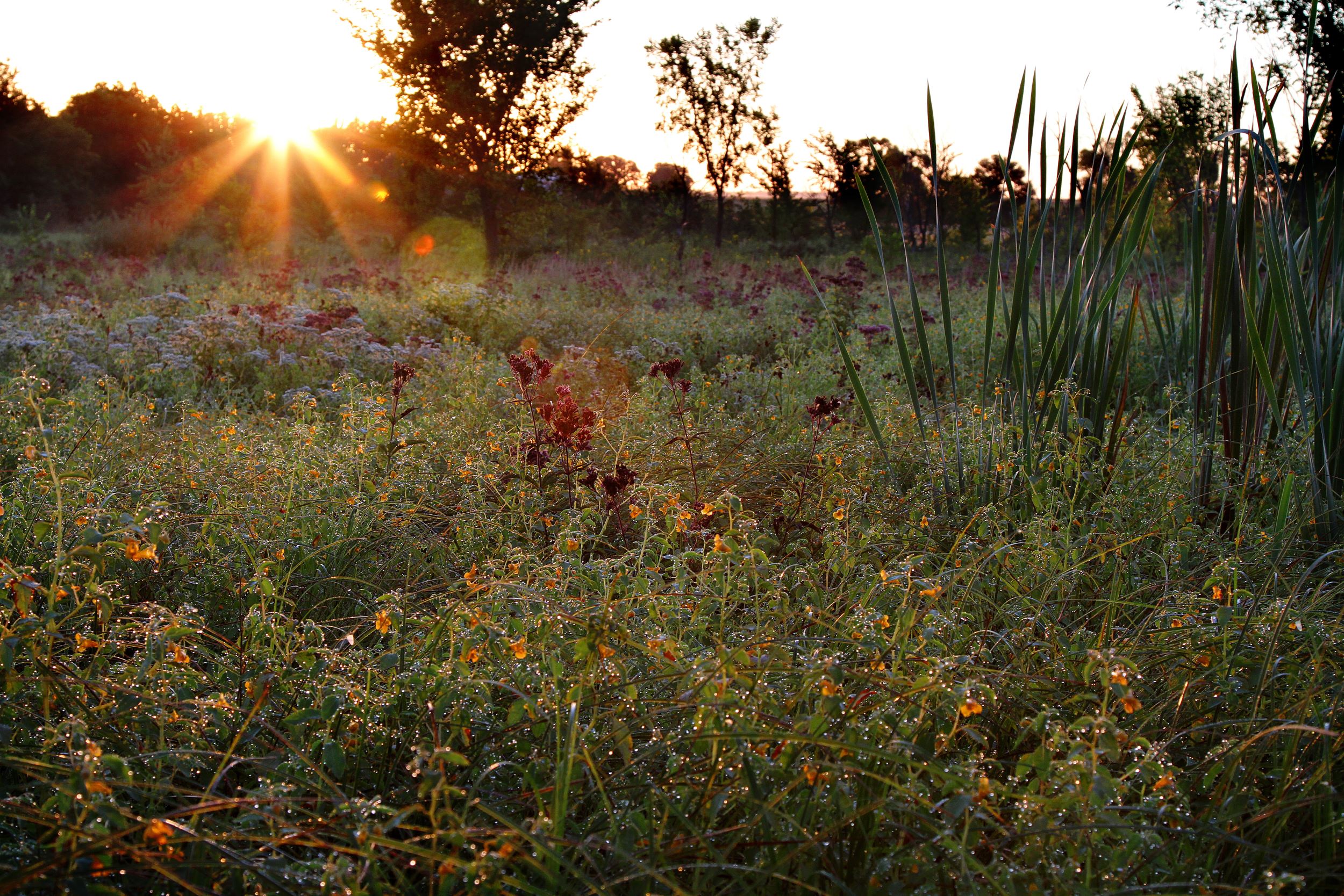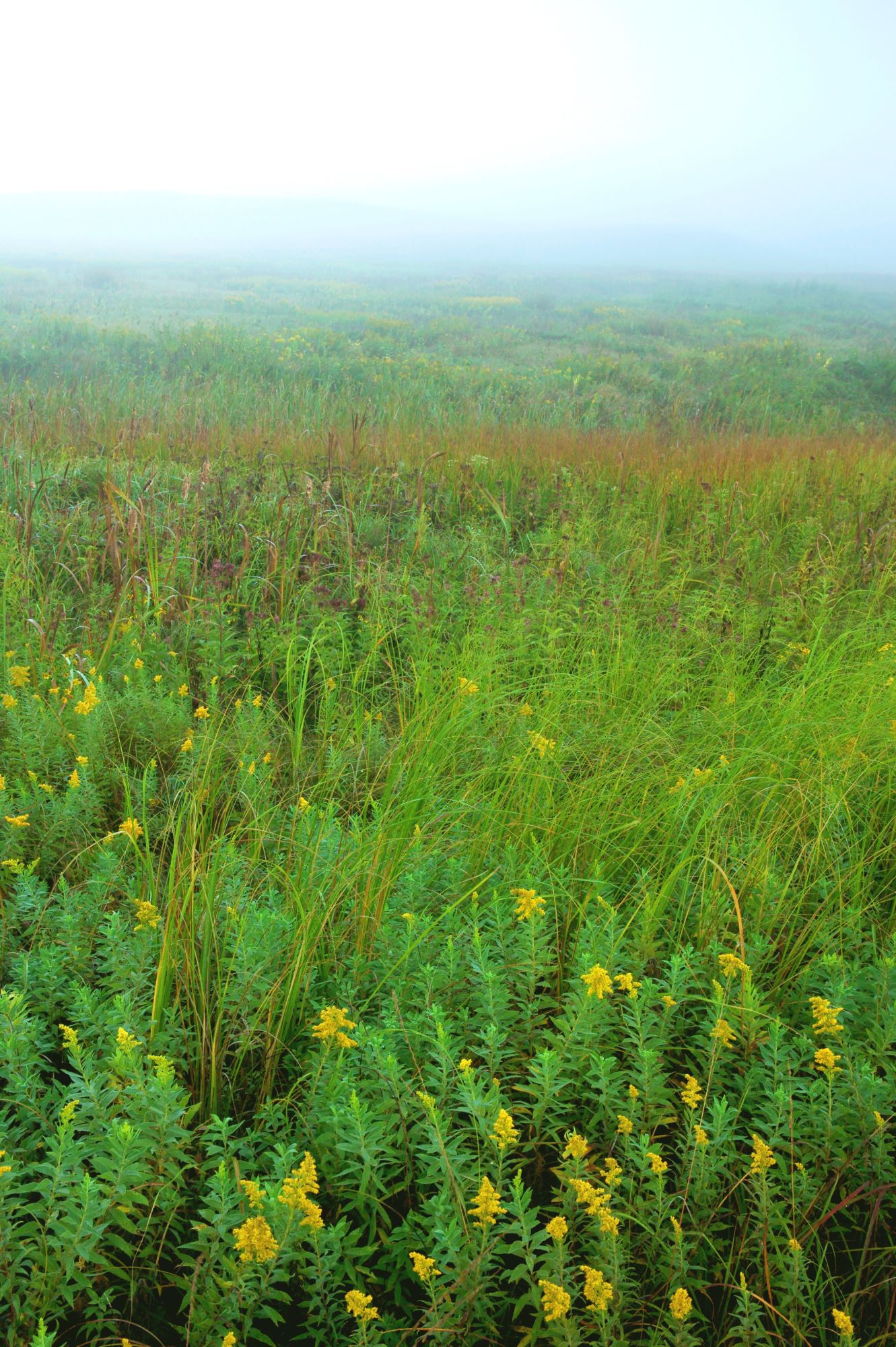Wetland Wonders
By Heather Jobst on July 30, 2018 in Blog

Ray and Patti Hamilton love discovering mother nature’s gems, spending hours identifying remnant prairies, wetlands, savannas and cold air slopes throughout Iowa. Over the years, their love led them to protect several of these gems across the state. When their friend Jeff Nekola mentioned a high-quality fen wetland in Fayette County could be coming up for purchase, Ray and Patti quickly agreed this rare property was one of those gems that needed to be protected.
 We all know a wetland when we see it. The lily-packed pond perfect for catching frogs. The marsh surrounded by cattails where you like to hunt ducks. The soggy spot in the pasture that never seems to dry up, that spot in the field that floods out every year. Wetlands once covered upwards of 6 million acres of Iowa. Today, there are less than 5% of those original, high-quality wetlands remaining.
We all know a wetland when we see it. The lily-packed pond perfect for catching frogs. The marsh surrounded by cattails where you like to hunt ducks. The soggy spot in the pasture that never seems to dry up, that spot in the field that floods out every year. Wetlands once covered upwards of 6 million acres of Iowa. Today, there are less than 5% of those original, high-quality wetlands remaining.
Fens — a specific type of wetland — are one of the more unusual habitats in Iowa, with roughly 300 known fens scattered throughout the state. At first sight, a fen resembles that part of the pasture that is perpetually flooded and well-loved. With water soaked ground, the grasses and flowers present in fens are concentrated in sporadic earthy mounds surrounded by puddles of water.
Found mostly in northwest and north central Iowa, fens are different from other wetlands in that they’re fed by groundwater, instead of rain or other sources. Comprised of soil made of partially decomposed plant material, or “peat,” fens can be saturated year-round. Unevenly rising hummocky mounds of dirt are a classic characteristic of a fen landscape, and can be bouncy, giving the feeling of walking on a waterbed. The water chemistry of fens is special, limiting the occurrence of certain plants while others flourish and can be found only in a fen environment.
“Fens have some of the most uncommon and unique plant communities in Iowa,” said Brian Fankhauser, INHF blufflands director. “Because of their wet nature, many of them have been spared the plow. They provide a small oasis for rare plants adapted to the soil chemistry associated with fens.”
After years of ownership and restoration work on the Fayette County fen, Ray, Patti and Jeff realized they needed to think about protecting the longevity of the fen’s future. Their time and energy to devote to care of these gems was waning.
“This fen is a nice gemstone — a diamond,” said Ray. “We knew it was a natural thing to protect this fen, but the next step is what comes after our ownership.”
Ray and Patti decided to donate their portion of the 29-acre fen property to INHF to ensure this diamond forever shines. “We know it needs a high degree of oversight and care in the long run,” said Ray. “Having INHF here for long term responsibility of management and protection is the critical last step in protection.”